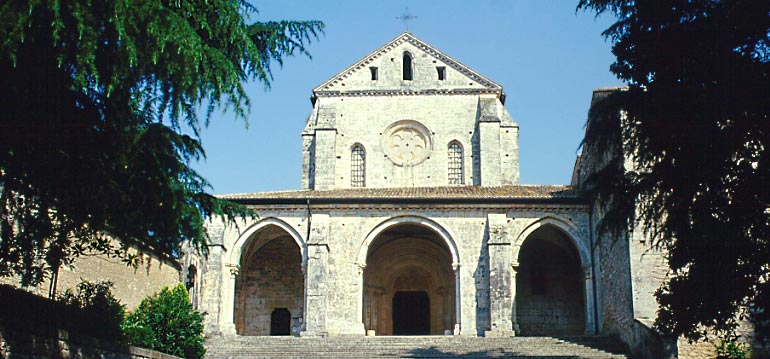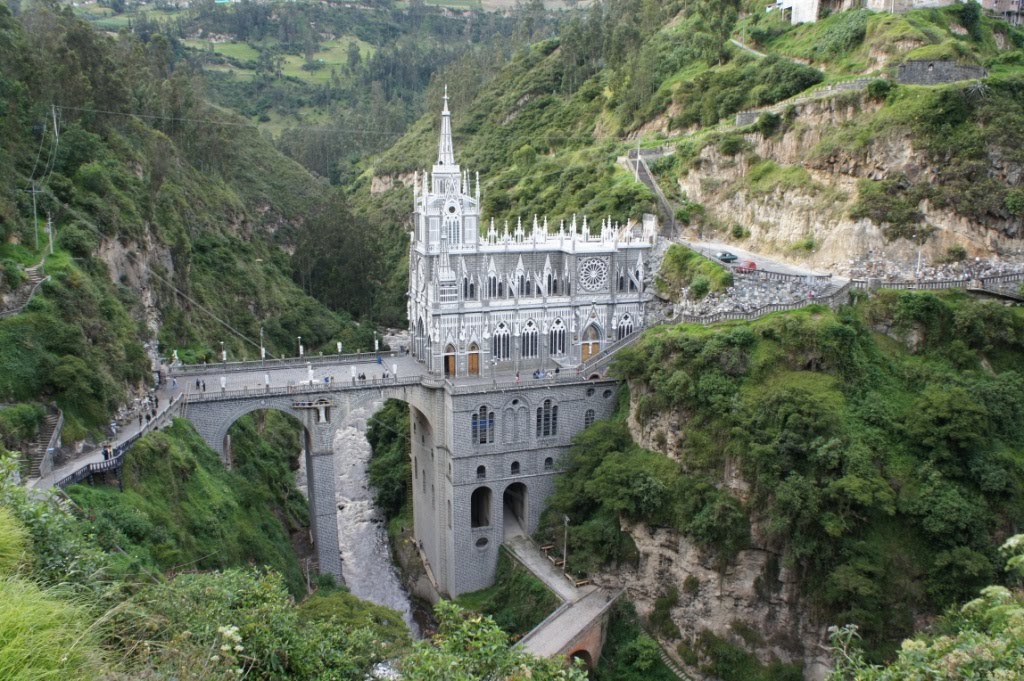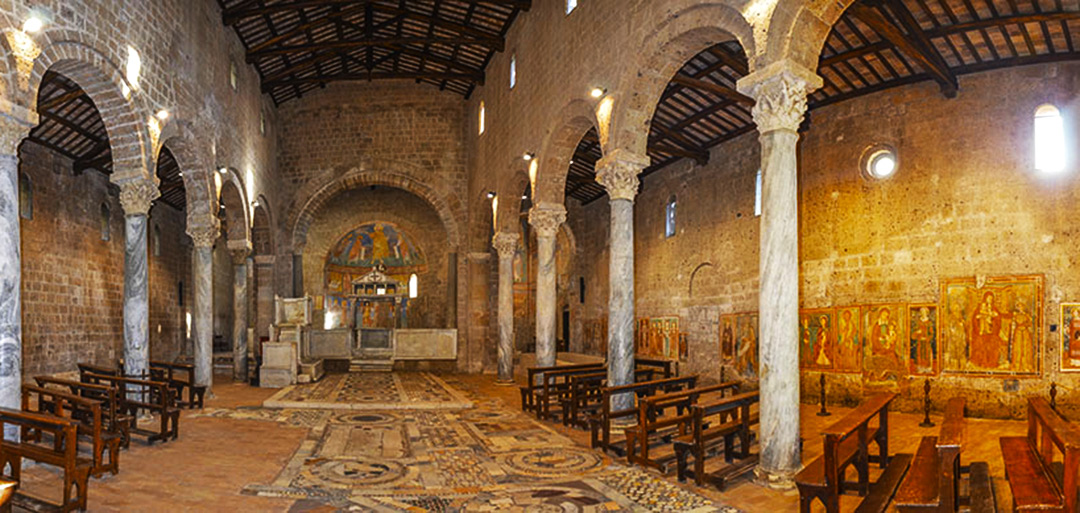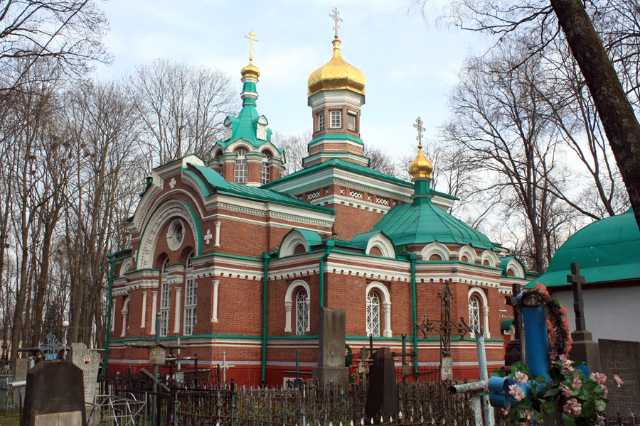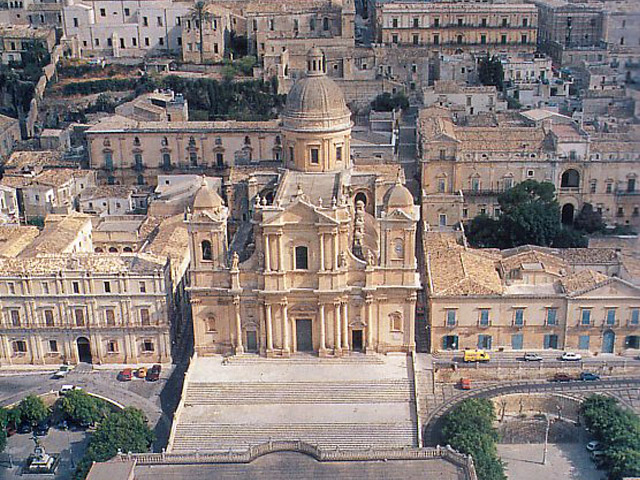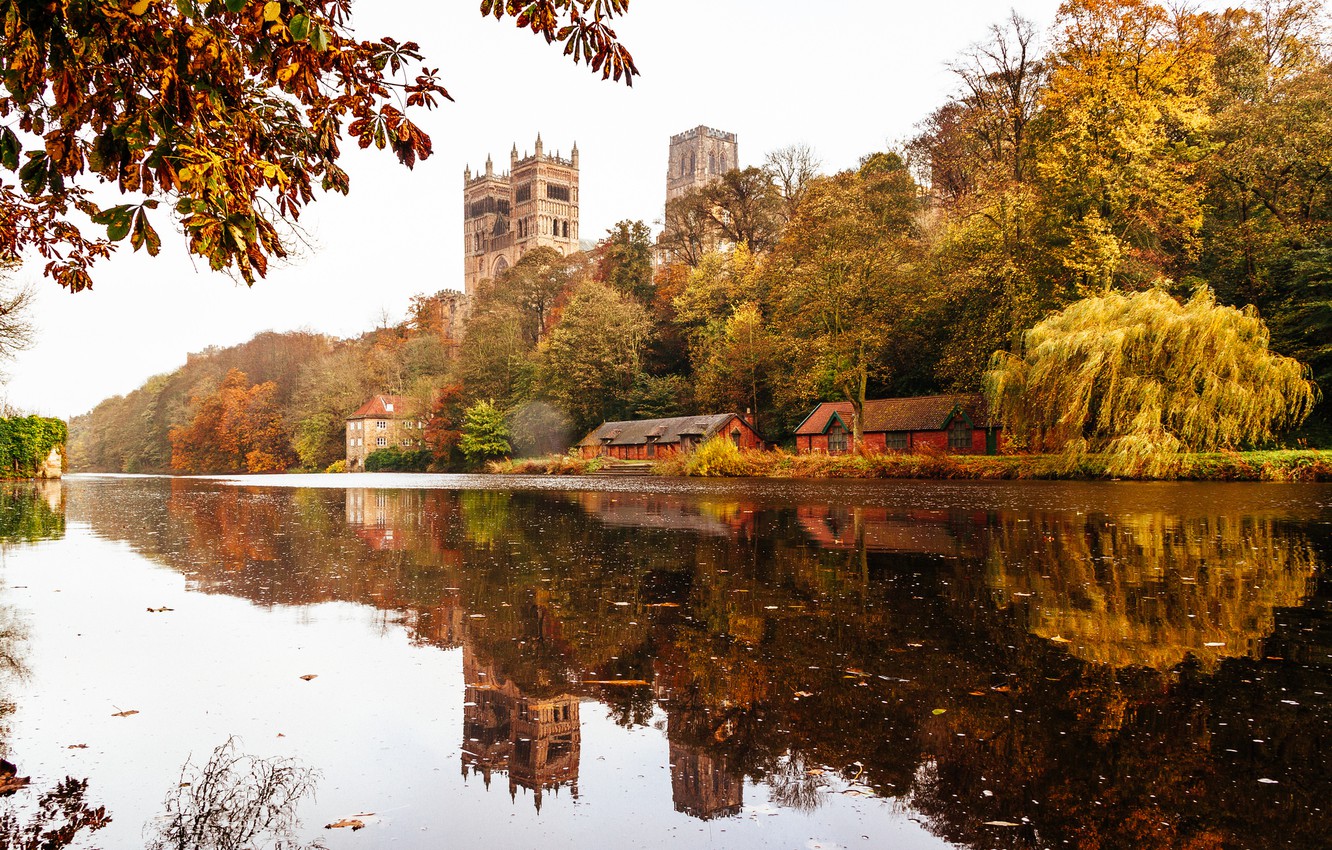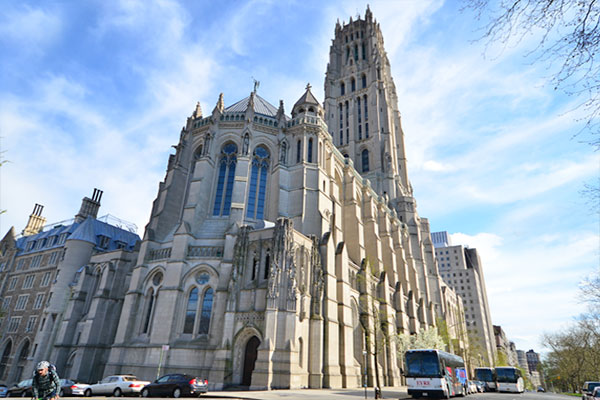The abbey is on a hill 300 meters above sea level,bordered by the Amaseno stream, which in ancient times marked the border between the Ernici and the Volsci. It was erected on the ruins of the ancient Roman municipium of Cereatae Marianae (of which the aqueduct that served it is still visible), so named in honor of the goddess Ceres, to whom the place was consecrated, and of the valiant Roman general, Caius Marius, who was born here and spent the early years of his youth; he is also responsible for the present name of Casamari "house of Marius." Valuable information about the origins of the monastery is offered to us by two documentary sources: the 13th-century Chronicle of the Chartarium and, the Chartarium Casamariense, written at the close of the 15th century by a Casamari monk on behalf of the commendatory abbot Giuliano della Rovere. According to the first of these sources, we learn that the abbey arose at the dawn of the 11th century, in 1005, on the initiative of a Benedictine community that built the first monastery. When later, through the spiritual work of Bernard of Clairvaux and the support of the Pontiffs, the Order of Citeaux (Cistercium) in Burgundy spread to Italy, the abbey passed to the Cistercians in 1152.
These in 1203 undertook a radical reconstruction of the ancient monastery according to the typical plan of the Order, under the direction and design of Friar William of Milan. The church, dedicated to Our Lady of the Assumption and co-titled to Saints John and Paul, was begun with the blessing of Innocent III and, consecrated, in 1217, by Pope Honorius III. Since 1152, the Cistercians uninterruptedly still live here, testifying to the solidity of their community. Casamari Abbey is in the history of architecture a stylistic cornerstone of the arrival in Latium of Gothic-Burgundian forms in the early 1200s.
Despite complex historical events, it has, in fact, remained substantially intact in its original structure and represents, along with Fossanova, one of the best-preserved models of Cistercian architecture in Italy. The complex is presented to us with the unique building of the abbey house, now used as guest quarters, characterized by a very wide arched entrance, which contains in its interior two flanking Gothic arches.
The whole is surmounted by a loggia with four twin round-headed mullioned windows. Exiting the vestibule is the elegant church façade on the left, with its rich median portal, which faces the top of a high flight of steps, preceded by a three-arched portico. Roman columns lined up along the avenue contribute to the solemnity and nobility of the complex. The sober interior has a Latin cross plan with three naves, rectangular apse facing east, rectangular transept with six chapels, cross vaults supported by bundled pillars and hanging columns, typical architectural elements of the Gothic style. The only ornament is the large 18th-century ciborium in polychrome marble and stucco above the altar, donated by Clement XI in 1711.
All in perfect observance of the austerity of the Cistercian rule and of what St. Bernard left written in his famous "Apologia," written between 1123 and 1125, where he deprecated a Church that "covers its monuments with gold and lets its children go naked." Through the lively square cloister, surrounded by an ambulatory punctuated by sixteen elegant mullioned windows with two lights and brightened by the polychromy of the flowerbeds, the center of monastic life, we reach the Refectory (ancient dispensarium) with its mighty cylindrical columns, and the magnificent Chapter House, severe and linear with its three naves and ribbed vault, a true architectural treasure that confirms Casamari Abbey’s reputation as a Gothic-Cistercian masterpiece. But the abbey is also famous for the galenic activity of its monks and for its ancient Pharmacy, whose year of official foundation seems to be 1761, although activity intensified in the years to follow.
The De Jacobis Epistolary, preserved in the abbey’s Archives, reports that Frà Giacobbe Margione purchased only a few particular plants in Rome, and when he obtained his apothecary’s license in 1822, the pharmacy was opened to the public. It became a center of study and preparation for lay pharmacists as well under the direction of Don Giacomo Verrelli, who invented the preparations that gave Casamari’s pharmacy its fame, including the elixir setterbe and the ancient imperial tincture of today’s liquoreria. The abbey also houses a well-stocked Library, with a book collection of about 80,000 volumes, and a rich Pinacoteca with paintings by Carassi, Guercino, Sassoferrato, Balbi, Fantuzzi and Purificato. Also worth visiting is the Archaeological Museum where Roman furnishings are housed.
